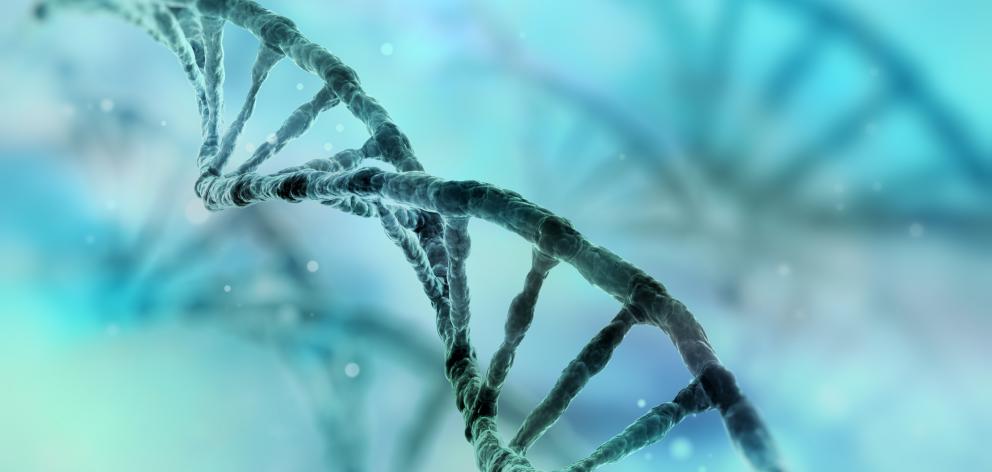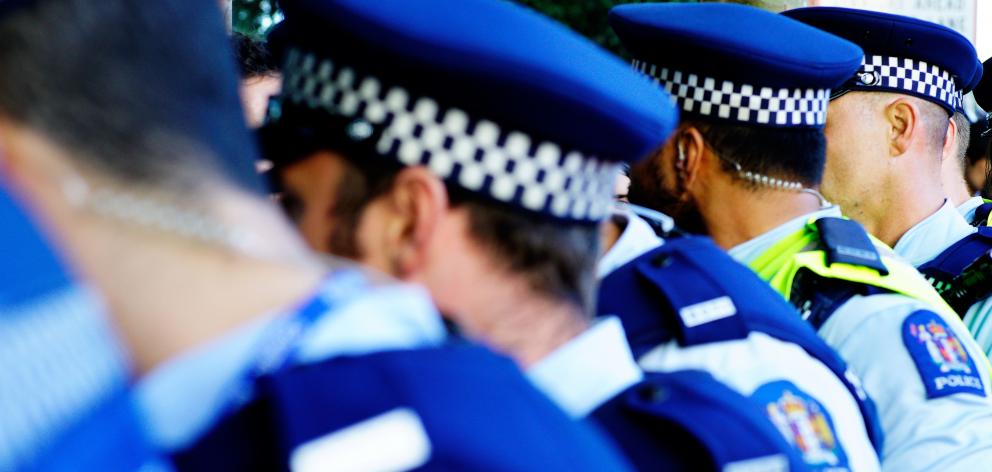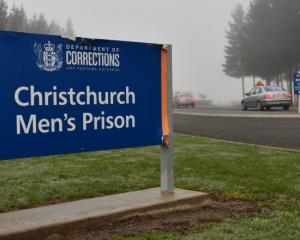
Thousands of New Zealanders had their DNA illegally taken and stored by police over a four-year period, which may have jeopardised several future prosecutions.
Police were heavily criticised by the Court of Appeal this week, which ruled a man had his DNA illegally acquired and stored in the police DNA databank.
A current prosecution against him will now "likely fail", the court's judges said, while police are now considering the ruling to make any relevant changes to its procedures.
The decision also mentioned the police's reliance on its databank which, the Weekend Herald can reveal, was storing thousands of illegal samples after police started using a different consent form in 2010 following a legislative change the previous year which gave police greater powers to take DNA samples.
The blunder may also open up further legal appeals for cases where unlawfully obtained DNA was produced as evidence by the Crown.
Inspector John Walker, the manager of the police's national forensic services, told the Weekend Herald that 3677 people had their DNA unlawfully taken during a four-year breach.
He said police weren't compliant with the law from September 2010 to August 2014.
It is standard practice for police to verbally advise people who supply voluntary DNA samples of their rights, however, a mandatory police consent form failed to adhere to the Criminal Investigations Act.

Walker blamed the illegality on an "administrative error" when the form was updated in September 2010.
The violation occurred after police began using its own template, which omitted several statutory rights, including that a person can withdraw their consent to the sample within a five-month window if they are not convicted of a future offence.
Other rights left off the police form were that the DNA analysis is to be made available to the person and their lawyer.
Walker said the transgression was corrected on August 15, 2014 after police became aware of the omissions.
"Anyone providing a voluntary sample since [then] has been given the advice required by the legislation," he said.
In 2015 police wrote to the 3677 people who had given DNA using the non-compliant form, and those who had not subsequently been convicted of an offence for which their DNA could be held.
The letter advised them of their right to have their DNA removed from the database.
Walker said 115 people responded and asked for the removal and their DNA was destroyed.
If a person withdraws their consent, police are obliged to destroy the sample, every record of any analysis of the sample, all information about the sample, and all information linking a person with the sample.
Also in 2015, the High Court ordered a woman be paid $2500 after police breached her rights by unlawfully taking her DNA with a mouth swab.
Jeanne Barbara Liston-Lloyd had been convicted of selling a C-class drug in 2010, and following attempts to have her come to the police station, officers arrived at her home and requested a sample.
Liston-Lloyd told the court that two officers informed her that they would take the sample by force if necessary.
Her DNA sample was removed from the databank and destroyed.
In 2009, Parliament gave police wider powers to take DNA samples with the Criminal Investigations (Bodily Samples) Amendment Act.
The laws, which were a National Party election promise, allowed police to take samples from people charged with a wider range of offences.
The second stage of the law, which was introduced in 2011, saw police permitted to take a sample from anyone they intend to charge with an imprisonable offence.
The Labour Party supported the changes, but said there were concerns about how it would be implemented, while the Green Party and Maori Party opposed the broader police powers.
DNA as a crime-fighting tool
In 1995 New Zealand became the second country, behind only the United Kingdom, to adopt DNA forensic technology as a crime-fighting tool for police.
The police's databank is run by the Institute of Environmental Science and Research (ESR).
It contains computerised DNA profiles from blood samples taken voluntarily or by force from about 160,000 people, the Auckland District Law Society reported last year.
Some 34,000 DNA profiles taken from crime scene samples are also kept in freezers at ESR's Auckland facility.
The Law Society said about 100 new profiles from people's blood and saliva were being added to the databank each week, as well as 10 to 20 new crime scene samples.
It said matching the samples had helped solve about 24,000 cases.











